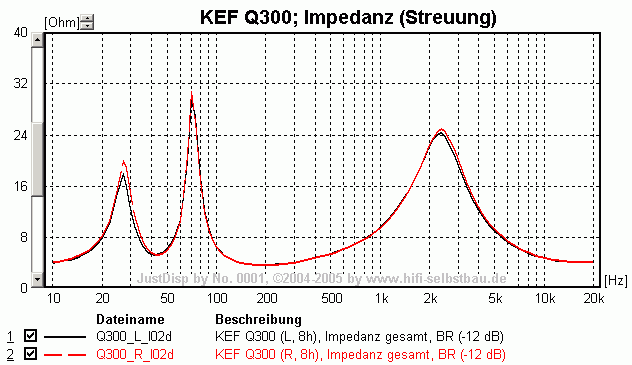Papa, are you about to release a listenable DIY class A/B amplifier schematic? I just let Norah Jones and your Nutube B1 move in to my flat with my old (but steady) F5, I am running out of room��. Guess I will have to chuck my Honey Badger. Wait, did you just go full class d on us?!
Class d, straight from your DAC with no output inductors or smoothing Caps, you can do this Papa!
The very low bias ones most likely....
I always bias my designs as low as possible, just enough to get rid of crossover distortion. Never had any problems.
Peavey also use minimal bias current.
I have listened to class a, ab and d and can't tell the difference.
I always bias my designs as low as possible, just enough to get rid of crossover distortion. Never had any problems.
Peavey also use minimal bias current.
I have listened to class a, ab and d and can't tell the difference.
such a happy man 😀
Papa, are you about to release a listenable DIY class A/B amplifier schematic?
I posted the AB100 and pcb artwork earlier this week.....
I always bias my designs as low as possible, just enough to get rid of crossover distortion. Never had any problems.
Doug Self's approach to modest bias for bipolars is an effective approach.
Me and the Fets seem to appreciate bias current. 😛
...Me and the Fets seem to appreciate bias current. 😛
As do your followers sir 😀
My question has been do all 'class A' push pull amps have some 'class B' reserve after the klunk, or does it depend on the bias level i.e. very high bias means class A power specs only?
Do all Class A push pull amps have some Class B transient overhead, or does it depend?
I could swear my First Watt M2 has some extra transient power in there, I can't get it to degrade sonically with my 88 db panel speakers at outlandish sound levels.
Do all Class A push pull amps have some Class B transient overhead, or does it depend?
I could swear my First Watt M2 has some extra transient power in there, I can't get it to degrade sonically with my 88 db panel speakers at outlandish sound levels.
As with everything else, it depends.
In this case it depends on the impedance of the speaker, as well as the voltage and bias current.
In broad strokes, a class A amp rated for 8 ohms will voltage clip before one transistor turns off. That same amp will run in class AB with a 2 ohm speaker
HTH
Doug
In this case it depends on the impedance of the speaker, as well as the voltage and bias current.
In broad strokes, a class A amp rated for 8 ohms will voltage clip before one transistor turns off. That same amp will run in class AB with a 2 ohm speaker
HTH
Doug
My F5 has a hard time leaving class A. but its a 2 output pair, +/-24Vdc rails, 2.5A bias. so it stays in class A untill the impedance drops below 4ohm.
Does it depend on the offset level for class A with floating resistance at a different output frequency?As with everything else, it depends.
In this case it depends on the impedance of the speaker, as well as the voltage and bias current.
In broad strokes, a class A amp rated for 8 ohms will voltage clip before one transistor turns off. That same amp will run in class AB with a 2 ohm speake
What is the impedance for setting the class A amplifier, if 8 ohms is indicated, the actual resistance drops to 4 ohms.
What is impedance for modeling when tuning a class A amplifier? Advise for a particular case.

Hifi-Selbstbau - Hifi-Selbstbau
In general, I try to bias as high as the hardware allows. Regardless of
impedance and power levels, higher the bias = better the performance.
I think this was one of the main points I was trying to make.

impedance and power levels, higher the bias = better the performance.
I think this was one of the main points I was trying to make.

It's a load of hooey!
And you are shamelessly promoting wasting the Earth's energy resources.
There is never a need for 1.8A bias current for 50W average power into 8 ohms (that's average NOT "rms") for an audiophile amp.
Is class D eating away at you, Nelson? 😉
And you are shamelessly promoting wasting the Earth's energy resources.
There is never a need for 1.8A bias current for 50W average power into 8 ohms (that's average NOT "rms") for an audiophile amp.
Is class D eating away at you, Nelson? 😉
I see Class D as creating a nice polar opposite for me in the marketplace.
And to be clear, I advocate efficient loudspeakers.

And to be clear, I advocate efficient loudspeakers.

- Home
- Amplifiers
- Pass Labs
- Leaving Class A - 2019 Redux
